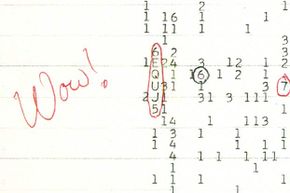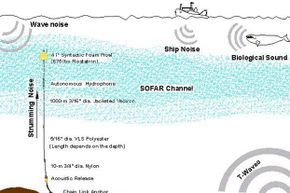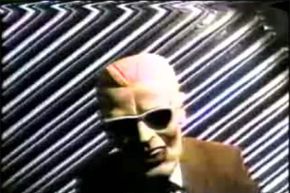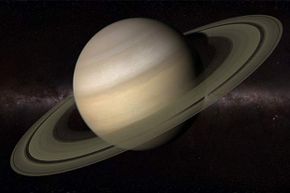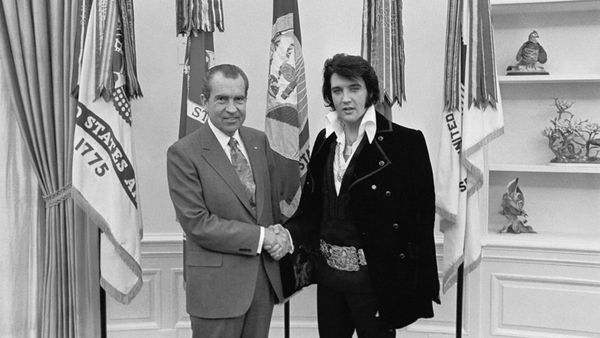Key Takeaways
- Some unexplained sounds, like "the Bloop," were eventually identified as natural phenomena, such as icequakes, thanks to advancements in science.
- Ten mysterious sounds remain largely unexplained, including the "Wow!" signal, believed by some to be of extraterrestrial origin, and the Taos Hum, a persistent and invasive low-frequency noise heard by residents of Taos, New Mexico.
- Other sounds like "The Upsweep" and "The Trumpet" have been recorded globally, with theories ranging from natural geological activities to unknown biological sources, yet conclusive explanations for most of these sounds elude scientists to this day.
We humans are pretty good at recognizing sounds. Our ears are sufficiently sensitive that they're capable of differentiating between variations in sound equivalent to less than one-billionth of atmospheric pressure, and our brains have the ability to identify and memorize complex aural patterns [sources: GSU, CNRS]. That ability probably evolved because our ancient ancestors had a better chance of survival if they could tell the difference between, say, the whistle of the wind and the hiss of a saber-tooth cat about to pounce.
But that innate skill at pigeonholing noises may be part of the reason why it's so unsettling to hear a sound that we can't identify. It doesn't help our anxiety level either that people have long associated mysterious sounds with paranormal phenomena, such as poltergeists.
Advertisement
Thanks to the advance of science, though, many sounds once categorized as "unexplained" are now identifiable. One example is "the Bloop," a mysterious noise that researchers recorded in the waters of the Pacific Ocean in 1997. The National Oceanic and Atmospheric Administration (NOAA) once categorized the origin of the Bloop as an "unknown." But in recent years, scientists have figured out that the Bloop probably was caused by the cracking and fracturing of icebergs, which causes tremors called icequakes [sources: NOAA PMEL, Newitz].
Other sounds remain a puzzle. Here are 10 for which scientists haven't yet come up with a conclusive explanation.

